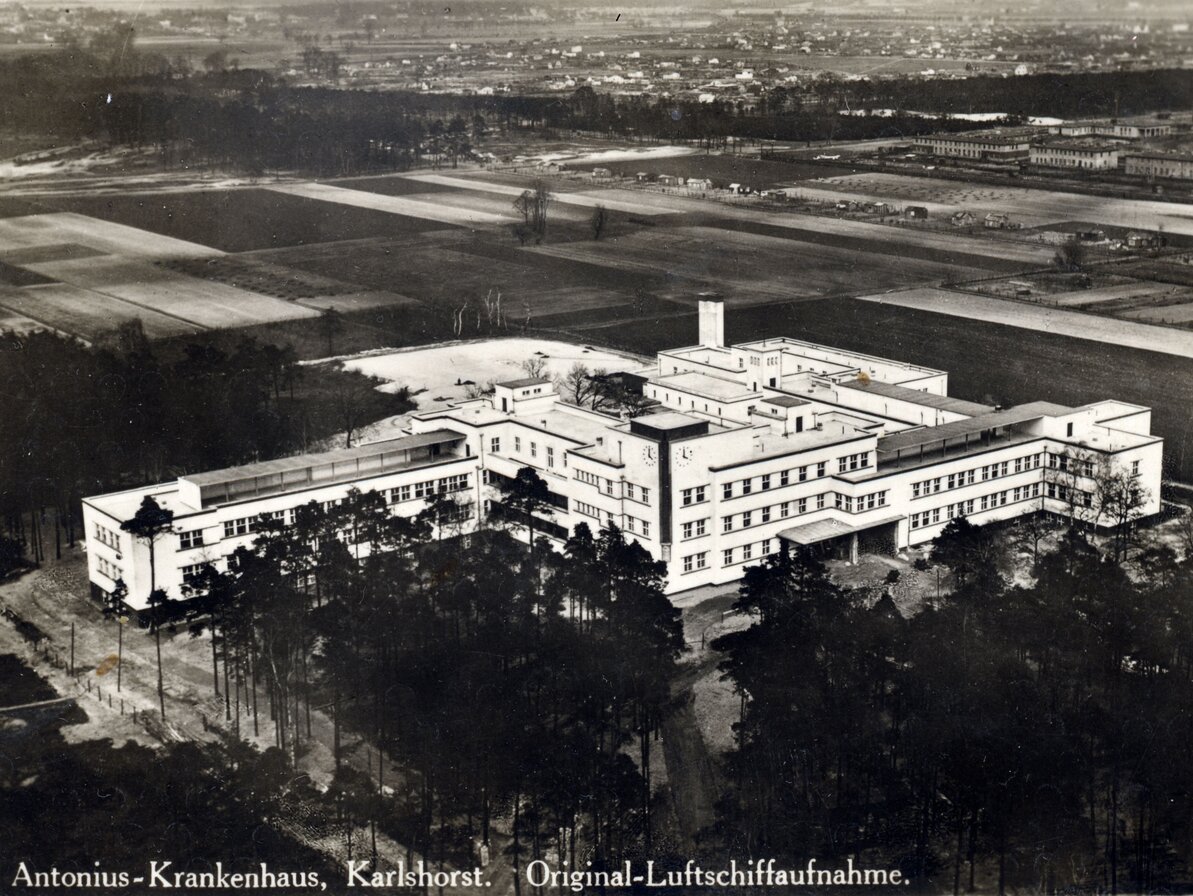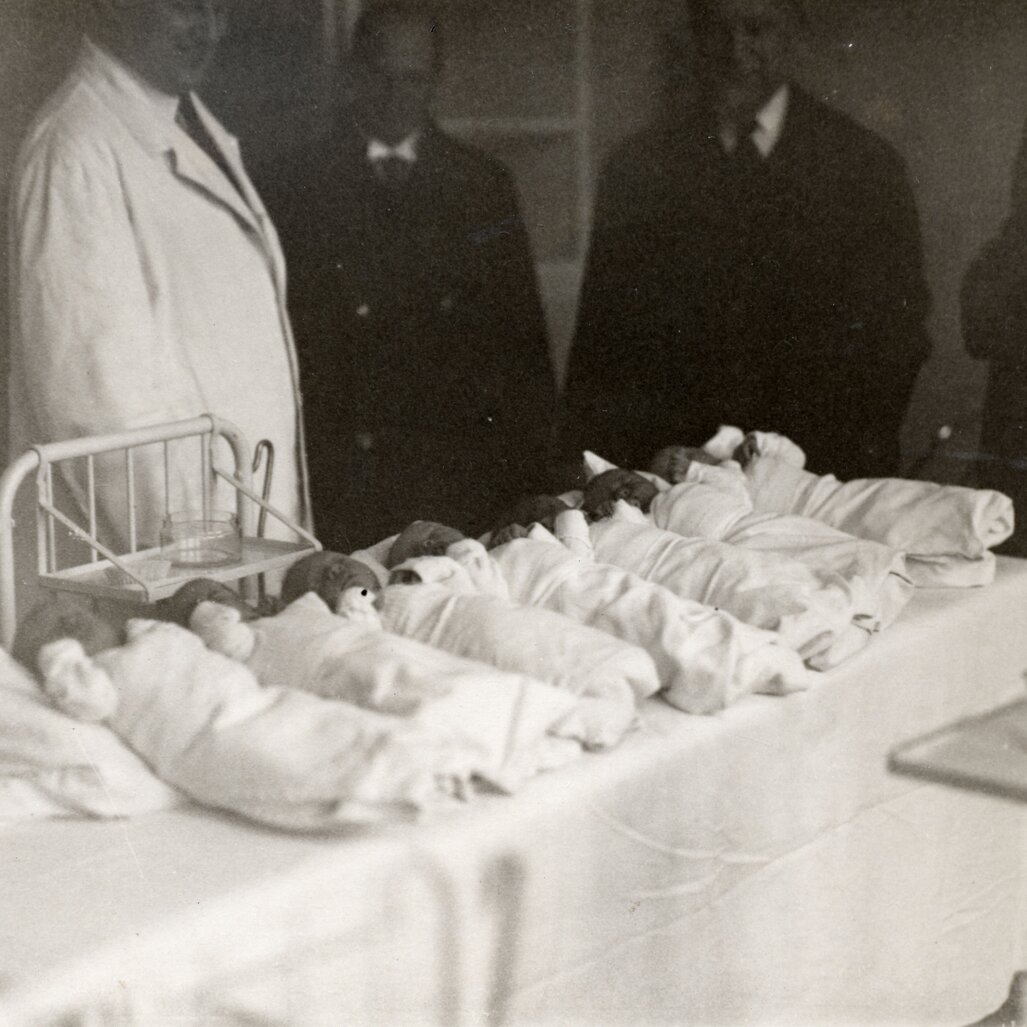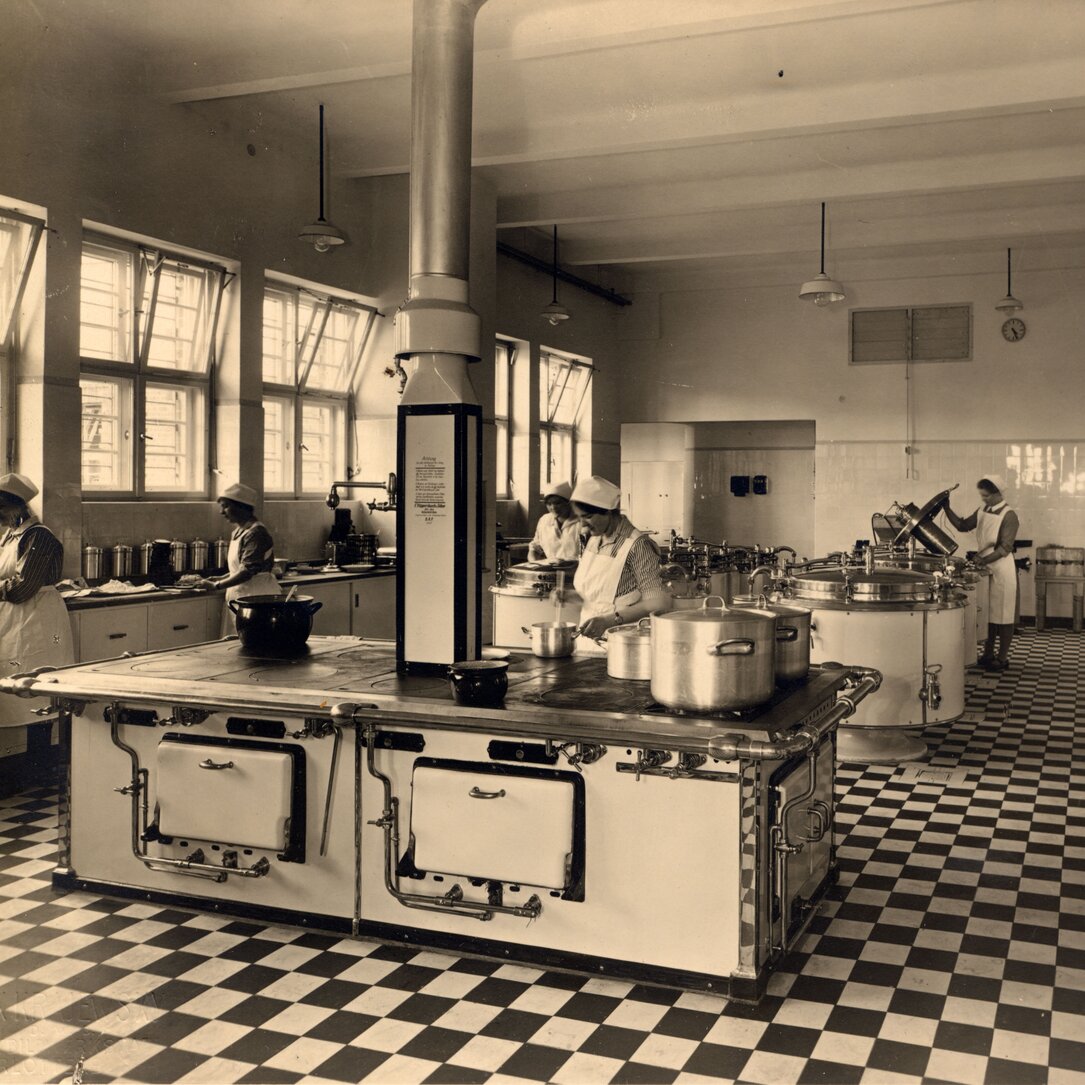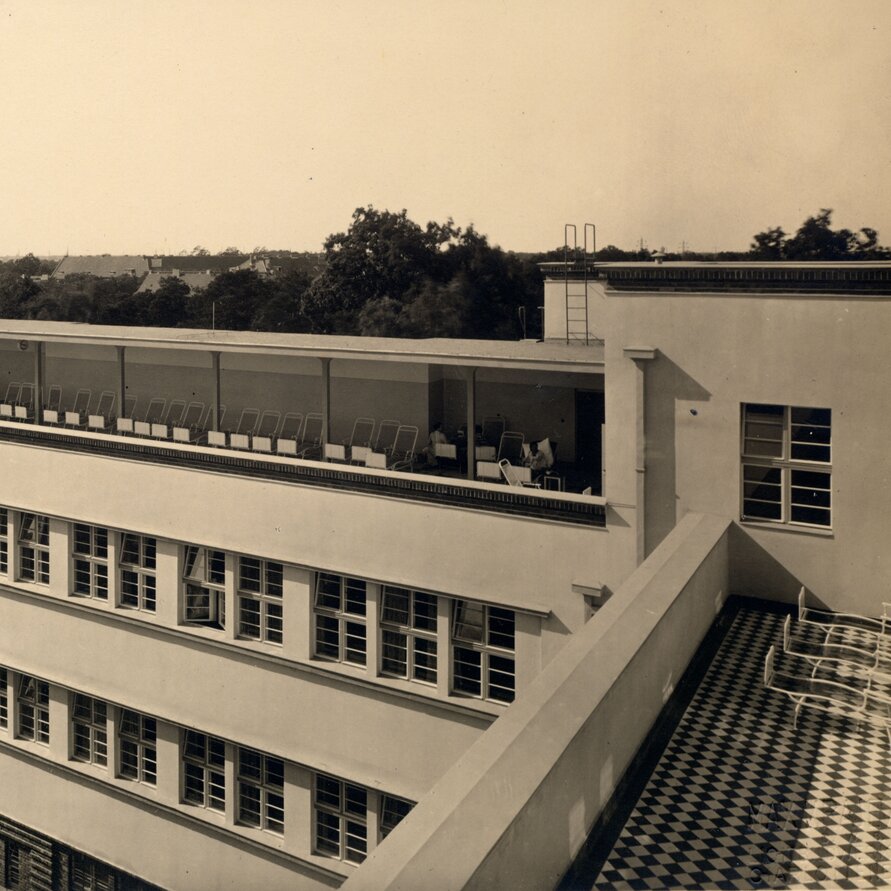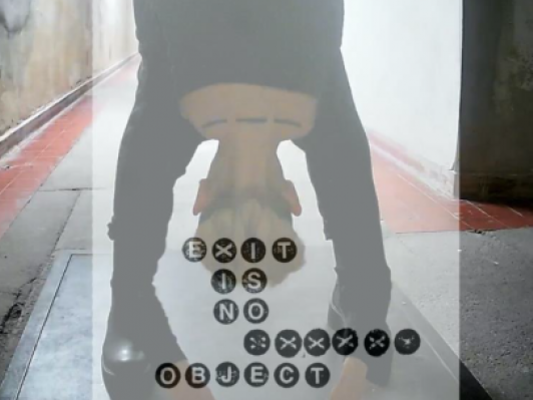History of the house
Since its foundation in 1991, the KHSB has been based in a building steeped in history - the former St Antonius Hospital. What is now a university of applied sciences was once one of the most modern hospitals in Berlin, then the seat of the Soviet military administration and prison and later the GDR Ministry of Agriculture, Food and Forestry. The building's eventful past tells of ruptures and changes - you can find an insight into this complex history here.
From the most modern hospital in Berlin ..
The foundation stone for the building was laid in 1928 by the Congregation of the Sisters of Mary from Breslau, who had the St. Antonius Hospital built on a 50,000 square metre site in Karlshorst. The decision in favour of the site in the east of Berlin was made for "charitable reasons", as stated in a commemorative publication from 1931.
After only 18 months of construction, the hospital was inaugurated by Bishop Schreiber in 1930. Professor Dr Paul Lazarus, the hospital's first head physician, and the then curator of the Sisters of Mary, Dr Pollak (brother of the architect), were responsible for the creation of one of the most modern hospitals in Berlin in the 1930s.
The architect F. A. Pollak succeeded in translating the "socio-hygienic idea" of the time into architecture by incorporating stylistic elements of the pioneering Bauhaus architecture of the time. The aim was to express the transition from an individual medical to a socio-medical perspective and treatment in terms of design.
A so-called open-air and open-air hospital was developed in a natural area of the Karlshorst district for almost 300 patients. Covered lounging halls (roof terraces), exercise and terrain cures on the grounds as well as hygienic lectures for medical laypersons and a patient radio set completely new accents in the hospital landscape of the time.
The architectural design of the building still features elements that give the building its listed status. Almost all of the mullioned windows and the different coloured tiles on the individual floors have been preserved. From Bauhaus handles to the sculpture of St Anthony as a symbolic pillar at the front entrance, a variety of special architectural details can be discovered on closer inspection.
... to the seat of the Soviet military administration and Soviet prison
From June 1945, the economic department of the Soviet military government (responsible for dismantling) used the hospital. When the building was occupied by the Soviet military administration, hospital operations had to cease and patients had to be discharged within hours or transferred to a provisionally refurbished facility in south-east Berlin.
in 1951, the Soviet State Security Service moved in. Impressive testimonies from contemporary witnesses show that the cellar was used as a prison during this time and the patients' rooms were used for interrogations. Political dissidents were often held prisoner in the cellar rooms for months, tortured and presumably also died before the Soviet secret police, renamed the "KGB", moved its offices to the former barracks in Zwieseler Straße in 1963.
... to the GDR ministry and finally to the university
Following a decision by the German Bishops' Conference to establish a Catholic university for social work in the eastern part of the country, the KHSB was able to start teaching in this historically very interesting building in 1991. A building with a varied history, which has helped to shape part of Berlin's history and which has now returned to its social origins with the university.
Historical impressions
-
 Archiv Kongration der Marienschwestern
Archiv Kongration der Marienschwestern -
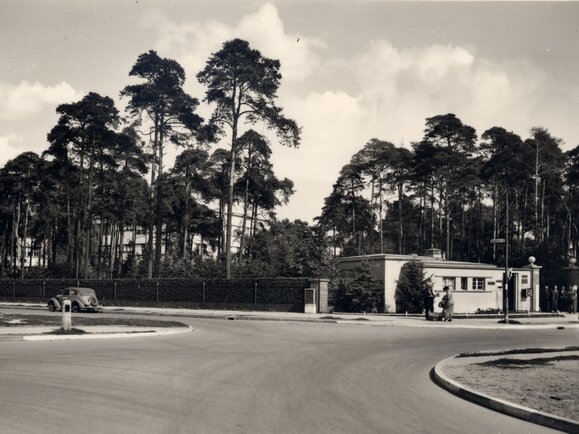 Archiv Kongration der Marienschwestern
Archiv Kongration der Marienschwestern -
 Archiv Kongration der Marienschwestern
Archiv Kongration der Marienschwestern -
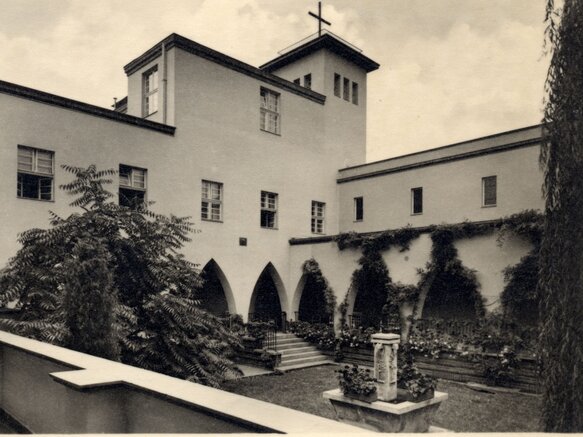 Archiv Kongration der Marienschwestern
Archiv Kongration der Marienschwestern
Video art
In April 2023, the exhibition Exit is Not Object took place in the basement of the KHSB, a space that was partly used as a prison by the Soviet secret service after the Second World War. Seven international artists, co-curated by Elana Katz and Dario Srbić, realised site-specific artworks to reactivate this place of historical social trauma.
Following the impressive performance by Elana Katz, the University acquired her video work "Exit is no object" in 2024. The work is not only visually impressive, but also offers profound and critical reflections on social issues and cultural conventions. The acquisition and planned presentation of this artwork provides our visitors with a unique artistic experience.
Elana Katz is a Berlin-based American conceptual artist working primarily in the field of performance art. Her work is largely concerned with themes of social trauma, collective memory and the historical erasure of oppressed bodies. Katz has exhibited and performed worldwide and her work is represented in various collections.

